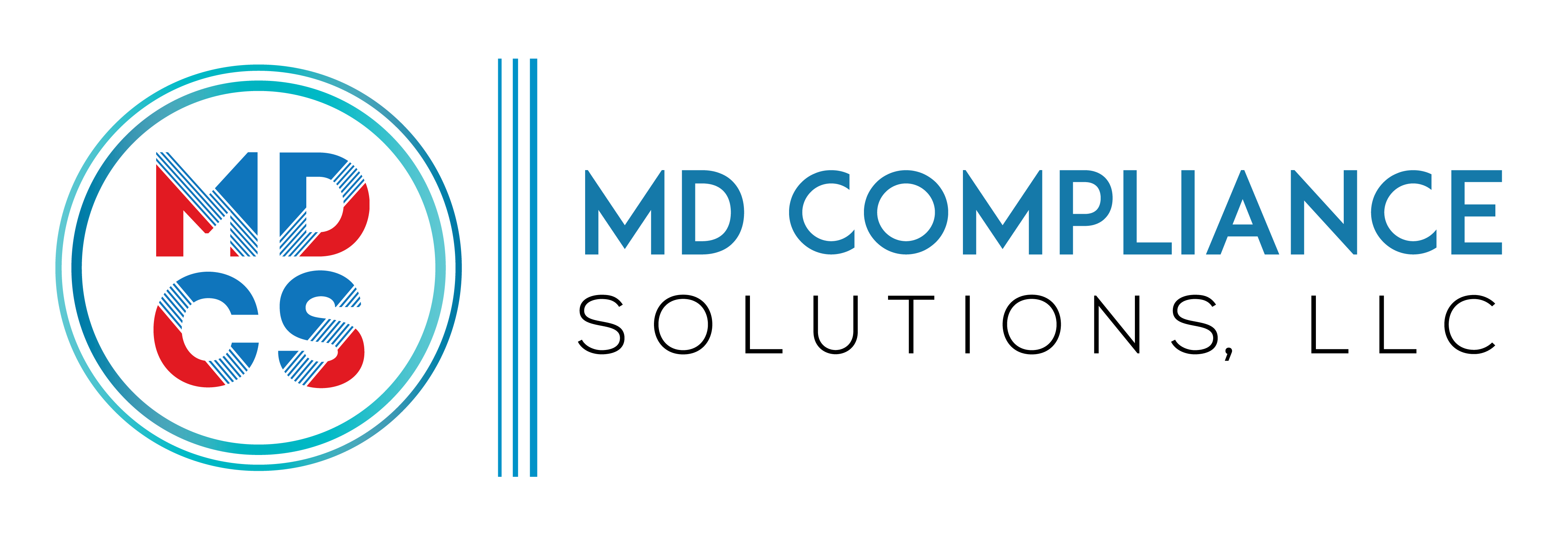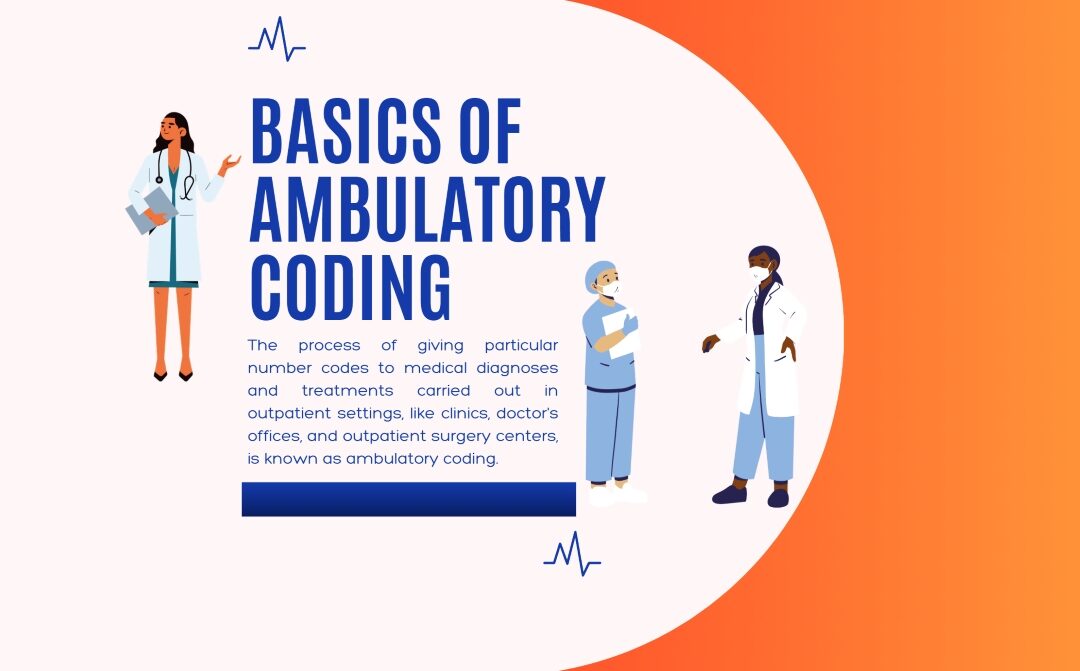Table of Contents
What is ambulatory coding?
The process of giving particular number codes to medical diagnoses and treatments carried out in outpatient settings, like clinics, doctor’s offices, and outpatient surgery centers, is known as ambulatory coding. It is critical to understand ambulatory surgery centers (ASC) and their codes. Medical research, health care monitoring, and billing all make use of these codes. They give insurers and healthcare professionals a common language to use when discussing medical services. Ambulatory or outpatient surgery provides same-day surgical care for a variety of procedures.
Defining of Ambulatory Surgery Centers (ASC)
Ambulatory Surgical Centers (ASCS) are medical clinics that provide outpatient surgical procedures. These facilities provide procedures that do not require patients to remain overnight or be admitted to a hospital. The procedures that fall under the ASC payment schedule are listed by CMS. Every year, this list is updated with new techniques that are deemed suitable and safe for use in ASC environments. Common examples are cataract surgery, colonoscopies, and other minor orthopedic procedures. To ensure high-quality care, ASCs adhere to certain billing criteria, higher payment rates, and regulatory requirements. Due to the complexity of the services rendered, facility fees, unique billing laws and regulations, higher payment rates, and more monitoring and control, ASC billing is different from physician billing.
ICD-10-CM Codes used in Ambulatory Coding
The International Classification of disorders 10th Revision Clinical Modification (ICD-10-CM) codes are a vital foundation of ambulatory coding since they systematically code patients’ disorders. An ICD-10-CM code’s first three characters indicate the diagnosis or procedure’s category, and the subsequent characters offer more information.
ICD-10-CM codes are crucial to ambulatory coding because they facilitate billing and payment processes and guarantee accurate and consistent recording and reporting of medical diagnoses and treatments, which can improve patient care and results. These codes provide information about what is wrong with the patient, allowing for more accurate documentation and reporting. Interpretation becomes more uniform with ICD-10-CM codes, which improves patient care, simplifies billing processes, and increases reimbursement accuracy by encouraging error-free claim submission to insurance companies.
AMBULATORY CODING WITH HCPCS
HCPCS and Current Procedural Terminology (CPT) codes are important for ambulatory coding. These codes are separated into two levels: Level II codes and Level I codes (also called CPT codes; these are covered below). Alphanumeric identifiers known as Level II are utilized to denote durable medical equipment, supplies, and further healthcare services. Using the correct HCPCS codes is crucial for healthcare providers to make sure they get paid appropriately for the services they render.
CPT Codes used in Ambulatory Coding
In ambulatory coding, the Current Procedural Terminology (CPT®) codes are the first essential component. Surgical operations in ASCs and auxiliary services are classified using CPT codes. This code can help you address reimbursement concerns by improving Medicare billing processes. In addition to many other surgical procedures, the ASC’s operating room performs colonoscopies, cataract surgeries, and diagnostic and therapeutic arthroscopies. Laboratory testing, radiological treatments, and other diagnostic tests are examples of ancillary services that are carried out in the ASC’s treatment rooms. When filing claims to insurance companies, ASCs must use the correct CPT codes to ensure appropriate billing and reimbursement.
The National Correct Coding Initiative (NCCI)
National Correct Coding Initiatives (NCCI) are one of the most dependable ways CMS has employed technology to ensure proper coding practices. It finds code pairings that should not be recorded together and determines medical necessity, preventing incorrect coding practices. Procedure-to-Procedure (PTP) edits and medically unlikely edits (MUEs) are the two types of adjustments that are included in the NCCI.
PTP modifications highlight pairs of codes that should not be reported together for the same patient on the same service date. PTP modifications highlight pairs of codes that should not be reported together for the same patient on the same service date. In contrast, MUEs are intended to recognize codes or combinations of codes that are unlikely to be medically required or suitable for the same patient on the same day of treatment. Compliance with NCCI criteria is critical for clinicians who bill Medicare and private payers. The NCCI is applicable to outpatient treatments invoiced to Medicare when it comes to ambulatory coding.
Ambulatory Coding Modifiers
Modifiers are particularly useful for providing more information about the procedures and services they represent. With modifiers, you can indicate that a service was performed on a different body part than expected, by a different provider than expected, or on a different day than expected. These numbers indicate if a service was repeated within a session, where the service occurred, and whether anesthetics were administered. Modifiers can also be used to show that a service was done on a different patient than anticipated, that it was done in conjunction with another service, or that it was done more than once in the same session.
Advanced Outpatient Coding Techniques
To become proficient in outpatient coding, one must possess excellent problem-solving skills. Stated differently, it is critical to understand which procedures can be bundled or unbundled. When several operations are bundled into one code because they are typically completed in tandem to maximize reimbursement and streamline billing processes, this is known as bundling. On the other hand, unbundling entails breaking up bundled treatments into separate codes where medical necessity justifies it, guaranteeing correct payment for each unique service provided.
In order to enhance risk adjustment and boost income for the care of chronic diseases, ambulatory coding procedures can also incorporate hierarchical condition category (HCC) coding. By classifying patients based on the severity of their conditions, HCC codes help medical professionals to accurately record the complexity of patient care and get paid correctly.
Regulatory and Coding Compliance
In a regulatory environment that is constantly changing, maintaining conformity to healthcare standards and coding guidelines is crucial. It is imperative for medical service providers to be up to date with payer policies, regulatory regulations, and coding norms in order to maximize revenue integrity and reduce compliance risks. Recurring audits and compliance checks that identify and correct errors in the codes enable payers and regulatory agencies to continue to have faith in the system.
In addition to insulating healthcare institutions from liability, adherence to the Health Insurance Portability and Accountability Act (HIPAA) safeguards patient privacy. Compliance supports healthcare organizations in upholding moral principles, safeguarding patient data, and enhancing their standing as trustworthy medical institutions.
Ambulatory coding has changed as a result of automation and technological breakthroughs. For example, real-time documentation, code assignment automation, and simplified processes for healthcare practitioners are all made possible by electronic health record (EHR) systems that come with coding functionalities integrated into the system. This reduces coding errors and increases output.
Medical practitioners may now examine huge data sets, find coding patterns, and expand code correctness thanks to artificial intelligence (AI) and machine learning algorithms. Once a doctor diagnoses a condition that needs a code, AI-assisted coding systems continuously recommend what should be coded. They ensure that all codes adhere to established regulations, therefore raising the possibility of errors resulting from erroneous entries.
Developments in Clinical Documentation
Accurate ambulatory coding is based on good clinical documentation, which offers a thorough understanding of patient contacts and services provided in a hospital setting. Additionally, increased documentation accuracy through interdisciplinary collaboration between doctors, coders, and healthcare providers results in compliance with regulatory criteria and coding norms.
Wrap Up
In order to effectively navigate the complex world of outpatient surgical procedures, medical professionals must grasp the principles of ambulatory coding. Following ASC coding requirements, using codes appropriately, and abiding by relevant laws reduces billing time and maximizes compensation. We believe the previously covered essential components and important rules of ambulatory coding have provided you with a foundational understanding.
You can use our ASC billing and coding services if you need help with ambulatory coding and billing. One of the top providers of revenue cycle management services is Medical Billers and Coders (MBC), which offers full medical billing and coding services. Our staff of qualified coders and billers is knowledgeable about ambulatory billing guidelines and procedures. Encourage clear and consistent clinical documentation, organized templates, and established coding rules to eliminate uncertainty and enable more efficient coding procedures.
Read More: What is Remote Therapeutic Monitoring (RTM)?


